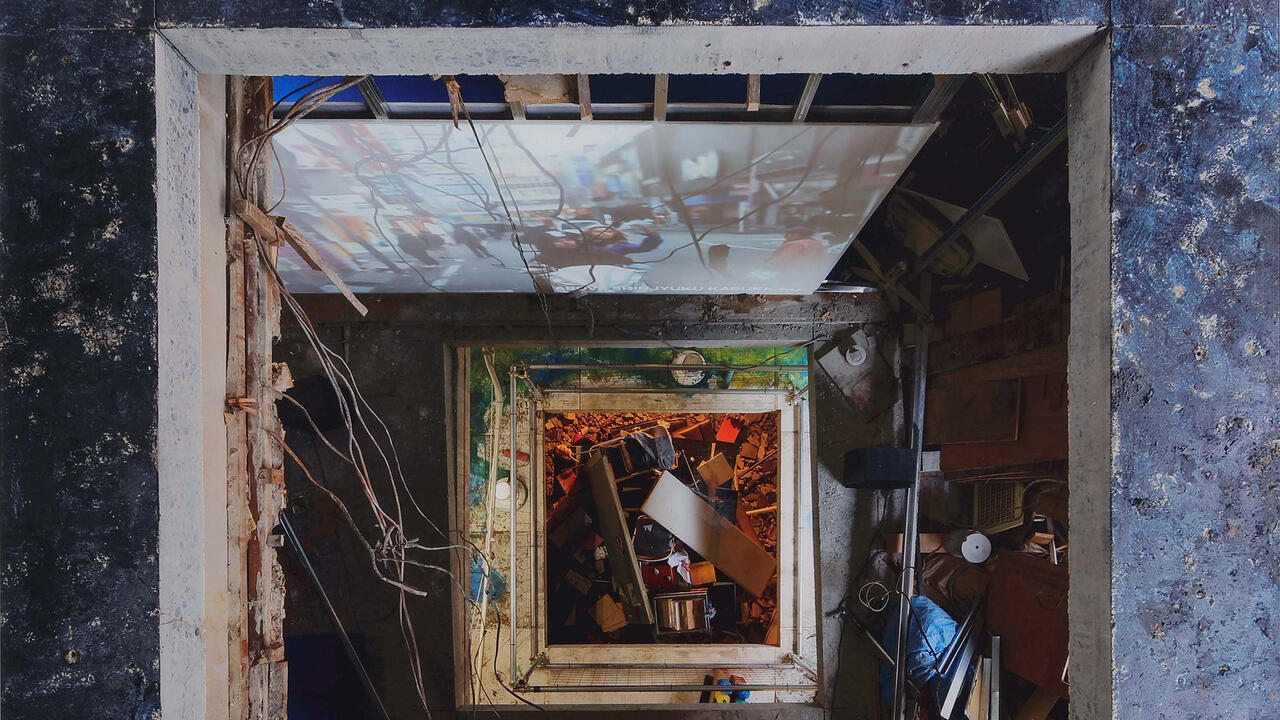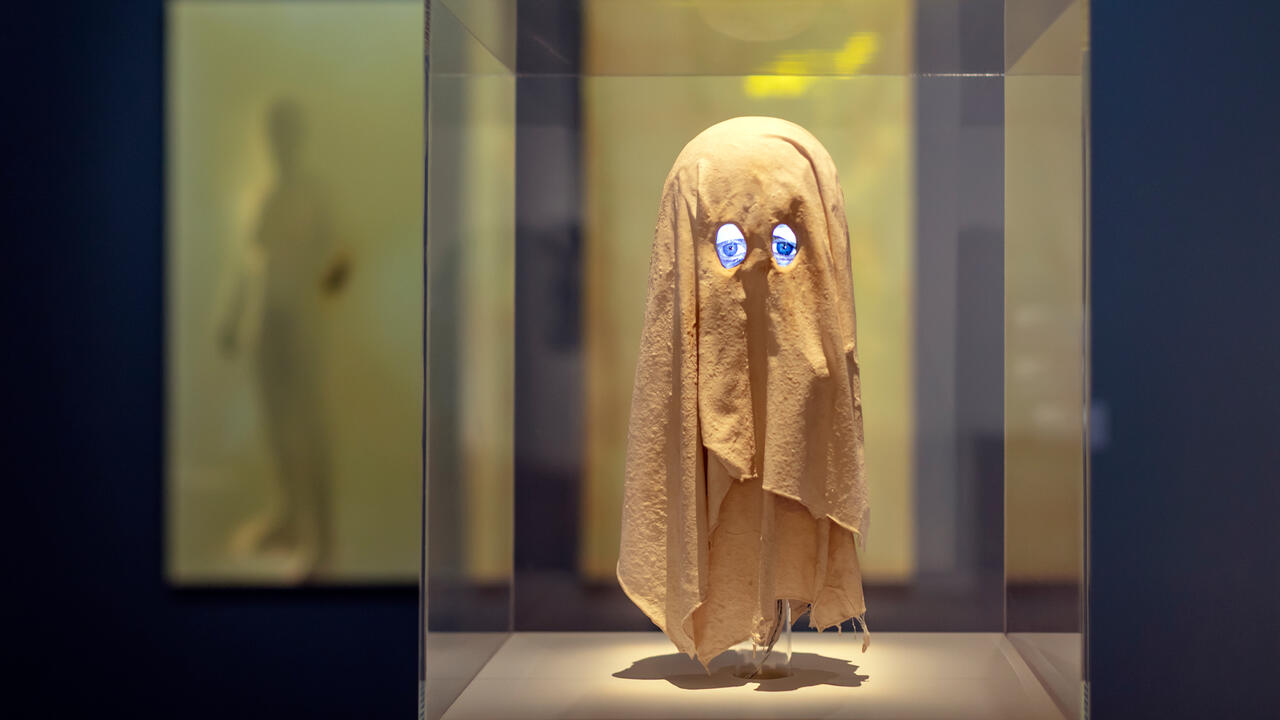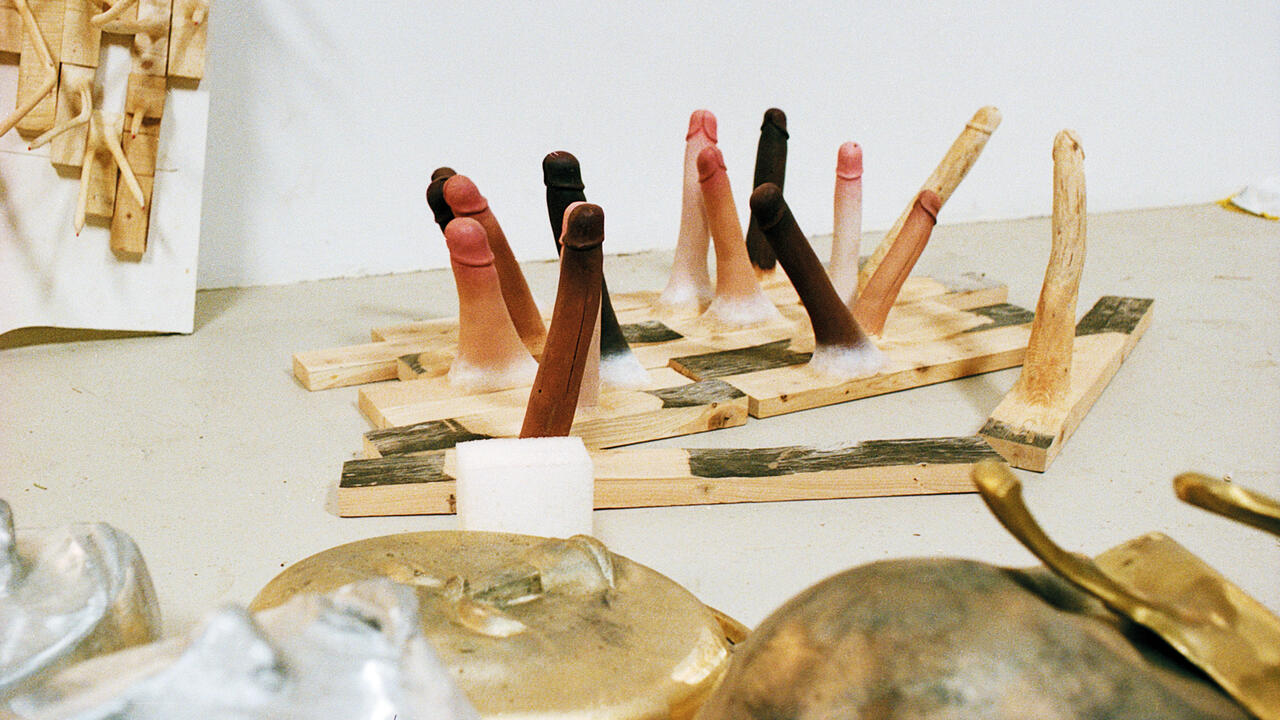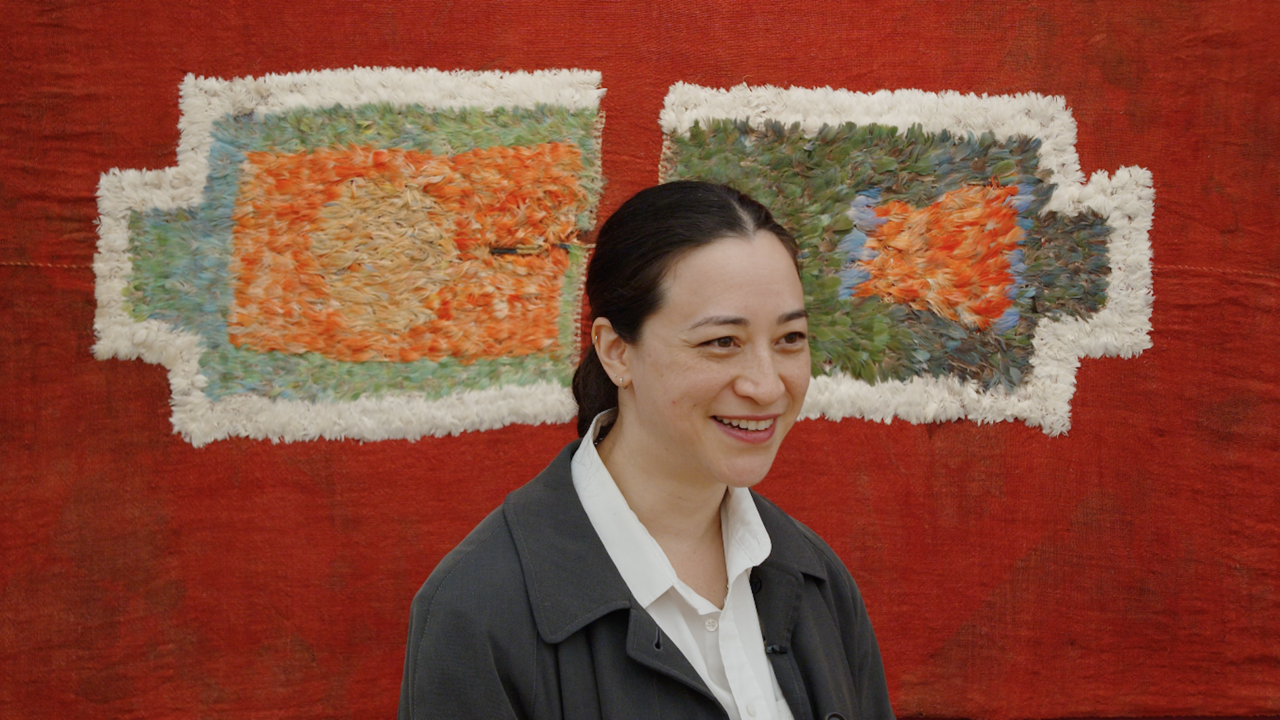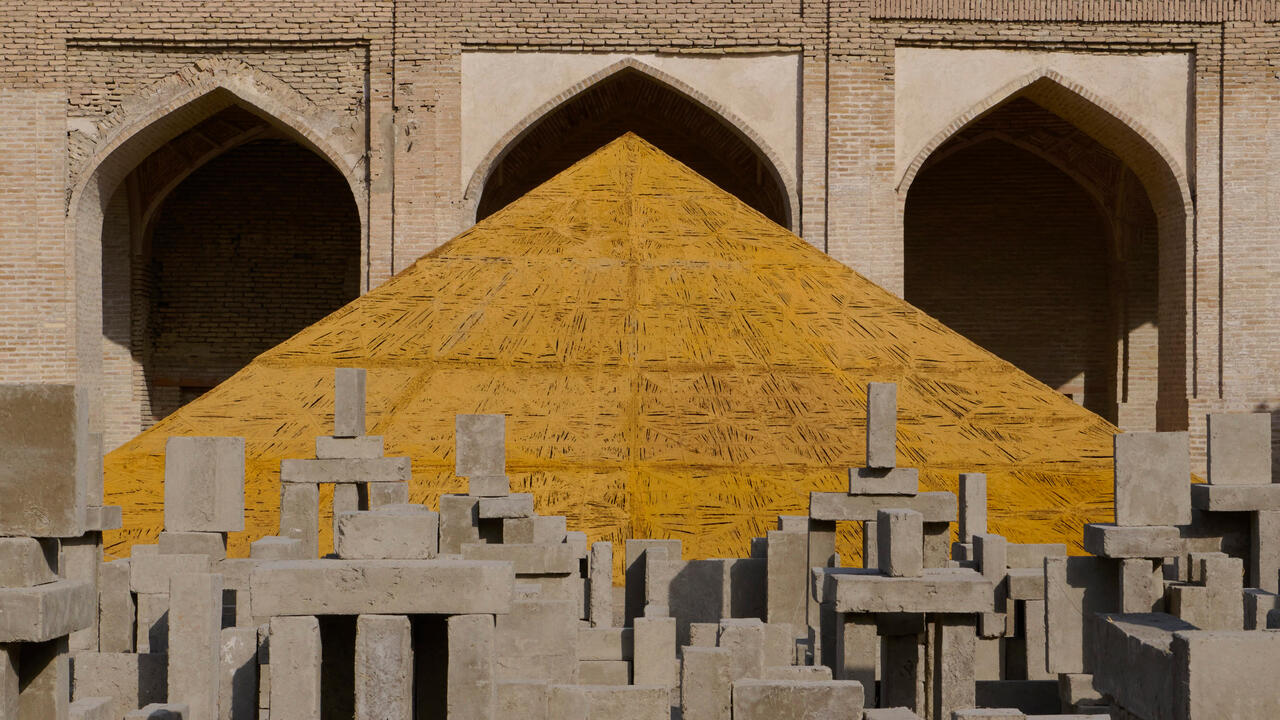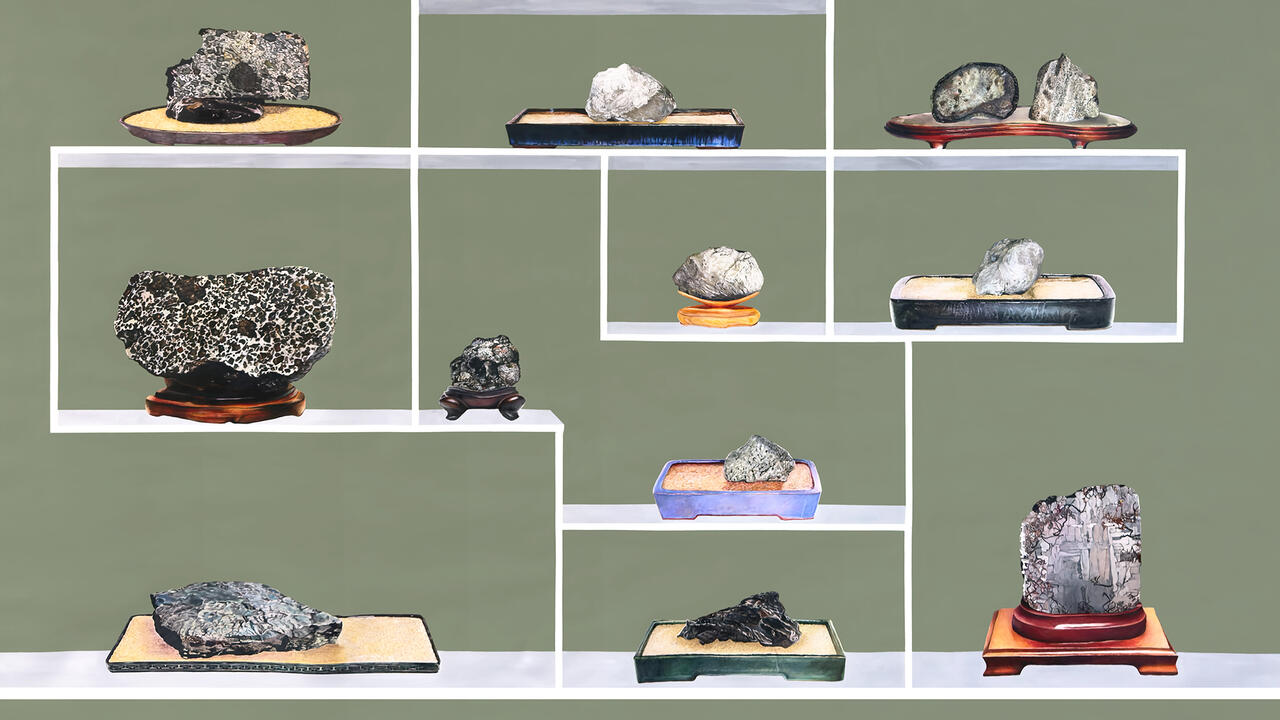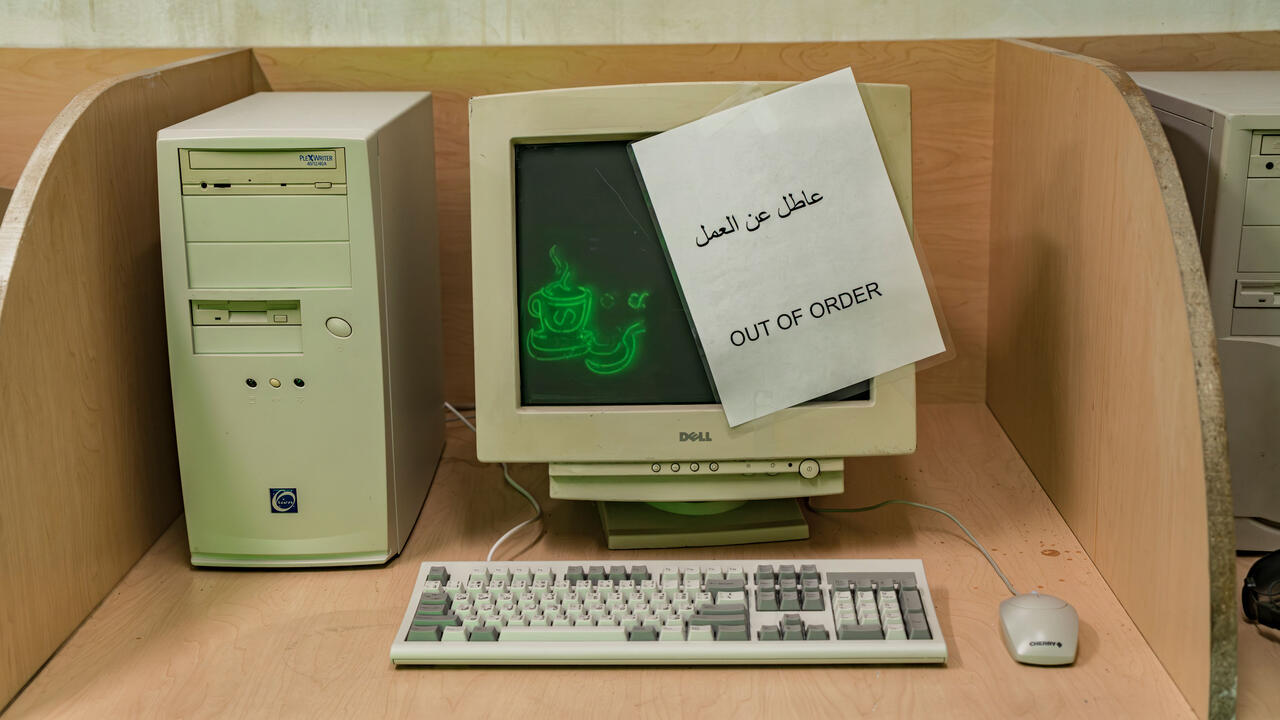Critic’s Guide: Mexico City
A round-up of the best shows in the city ahead of the rescheduled Gallery Weekend, running 9–12 November
A round-up of the best shows in the city ahead of the rescheduled Gallery Weekend, running 9–12 November

As well documented by now, the major earthquake that struck Mexico on 19 September resulted in the tragic loss of life for 370 people and injury to more than 6,000. Hundreds of buildings were destroyed, and thousands of homes and businesses damaged in the states of Morelos, Puebla, Estado de México as well as Mexico City. Gallery Weekend CDMX, scheduled for 21-24 September, was postponed and a number of galleries in the city announced they would not be opening shows and instead urged people to donate to rescue and recovery organizations. As they’ve been slowly going back to their regular activities, galleries have issued a joint statement around the urge for the artistic community to strengthen its solidarity, and around the role that art and culture as a means of inclusion and cohesion will play in the reconstruction of the city. In the meantime, Gallery Weekend CDMX has now also announced it will run 9-12 November. For those visiting the rescheduled shows, here are the highlights, selected by our contributing editor in the city.

Eduardo Costa, ‘Las relaciones mentales’
Museo Tamayo
4 October, 2017 – 7 January, 2018
This first and richly deserved retrospective of Eduardo Costa outside of his native Argentina, ‘Las relaciones mentales’ (Mental Relations) delves into the artist’s conceptual practice and his use of language, orality and fiction. Among Costa’s seminal works are the self-explanatory A piece that is essentially the same piece made by any of the first conceptual artists, dated two years earlier than the original and signed by somebody else (1970). Equally important are his experiments with mass media, such as his collaboration with Raul Escari and Roberto Jacoby for Antihappening or Happening for a Defunct Wild Boar (1966), an event that never took place in order to prove it could exist only as a rumour. Other collaborations include The Fashion Show Poetry Event – organized with John Perreault and Hannah Weiner (1969) – which displayed a series of garments made to specifications by Andy Warhol, Claes Oldenburg, Marisol Escobar and other artists, and worn by poets down a runway. Costa’s career reveals how he constantly shared his talent with other cultural practitioners (‘Luna de miel en la mano’, his 1985 song co-written with Federico Moura was the biggest hit by Argentinian rock band Virus), always reflecting on the function and nature of art, in all its forms.

Gala Porras-Kim, ‘An Index and its Settings’
Labor
21 September – 12 November 2017
Gala Porras-Kim’s deep interest in ethnography, anthropology and art history has often infused new life into stories that might otherwise have gone missing. Following an interdisciplinary impulse she conceives as sculptural process, the Colombian-born artist has conducted extensive research into Zapotec, a tonal language from the region of Oaxaca that has more than 50 different variants. Over the centuries, many of those were variants were translated by the local population into whistling tones as a form of resistance to colonialism. ‘An Index and it Settings’, her first solo at Labor, is a continuation of a project she is currently showing in ‘A Universal History of Infamy’ – a group show at LACMA that is part of Pacific Standard Time: LA / LA – in which she explores the origins of a series of pre-Columbian pieces from Western Mexico. Working with drawing, ceramics, language and sound, Porras-Kim addresses the frictions that result between the provenance, interpretation and conservation of these historical artifacts in public institutions and private collections, testing the ability of what she calls ‘mute objects’ to create knowledge.

Rometti Costales, ‘Perhaps esperanza waiting or sunset’
José García
22 September – 16 December 2017
Artist duo Rometti Costales’s conceptual territory is a place where myth, history and fiction operate as tools for political action, following a premise that shares an affinity with the surrealist principle of the improbable encounter. Colliding not only different objects but also between varying belief systems, the artist’s research-based practice incorporates the confluence of agencies (humans and non-humans; real and imaginary) in such a way as to erase and rewrite the multiple stories that make up human history. The upcoming ‘Perhaps esperanza waiting or sunset’ – the first in José García new space in Santa Maria la Rivera, an area of the city centre dating from the late-19th century – will depart from their last artist book Blue Has Run, a doctored facsimile of a 1979 catalogue of three collections of textiles and folk art from the state of Chiapas. Further cut up and edited, the book’s original images and texts will materialize as autonomous shapes made out of bronze, concrete, paraffin and cloth.

Lin May Saeed, ‘Djamil’
Lulu
22 September – 18 November 2017
One of the smallest artistic spaces in one of the largest metropolises, Lulu has forged a reputation of organizing condensed and delicate exhibitions in a city recently flooded with retrospectives of mainstream historical artists. In tune with its size, Lulu will host a solo show of new works by Berlin-based artist Lin May Saeed, among them a wall drawing and a video along with the artist’s signature bas-reliefs made of Styrofoam and recycled materials. Resembling contemporary archeological findings of abandoned theatre scenes Saeed’s sculptures show a longtime interest in the fate of animals and their relationship to humans; these fables of the anthropocene play out a dramaturgy of the frontiers between nature and culture, subjects and objects, humans and non-humans.

Xul Solar, ‘Panactivista’
Museo de Arte Carrillo Gil
14 July – 12 November 2017
Known as Xul Solar, Oscar Alejandro Schultz Solari (1887–1963) was one of the main figures of the early 20th century Latin American avant-garde. An artist, writer and musician, Solar had a deep interest in language, astrology and occultism (befriending figures such as Aleister Crowley and Jorge Luis Borges). He invented Neo-criollo, an idiom mixing Spanish, Portuguese and English with a geopolitical use for Latin America, and created Panlengua, a monosyllabic language with a numeric and astrological base that the artist hoped could have a universal reach. Further to this, Solar modified musical notations, created his own puppets, drew a flying city for the future, and conceived of a chess game (Panchess) in which every move allowed the player to read their horoscope, locate the stars, and compose a poem or a melody at will. By bringing together documents, manuscripts and the artist’s surrealist drawings, watercolours and tempera paintings, ‘Xul Solar Panactivista’ offers a moving portrait of a passionate artist.

Vivian Suter
Museo Experimental El Eco
9 September – 19 November 2017
It’s fitting that Guatemala-based artist Vivian Suter has displayed her canvases inside Mathias Goeritz’ Museo Experimental El Eco, a multi-disciplinary space, founded in 1954, originally conceived to host visual arts, music, dance and poetry. Goeritz’s conception of El Eco deliberately rejected the rationalism in vogue at the time in favour of what he termed ‘emotional architecture’. His particular emphasis on collaboration not only resonates in Suter’s creative complicity with her immediate environment to produce her paintings – eliminating the frontier between indoors and outdoors, absorbing humidity and heat, and bearing the marks of their own making near the shore of lake Atitlán – but also in her sensitive approach to the architectural setting: monochrome surfaces, stains, fish glue and mud make the free-floating paintings, which oscillate between an abstraction that she resists loading with external meaning, and a condensed embodiment of nature that she liberates as soon as she takes the canvases off their stretchers.

‘Germán Cueto, Comedia sin solución’
Estancia Femsa – Casa Luis Barragán
28–31 October 2017
Germán Cueto (1893–1975) was a key figure of stridentism (1921–1927), a movement bringing together musicians, writers and visual artists to assimilate the influence of European avant-gardes such as cubism, futurism and dada, while also integrating Mexican popular culture. From this amalgamation resulted a multidisciplinary movement with strong social and political dimensions. Besides experimenting with mask making, painting, drawing and sculpture, Cueto wrote Comedia sin solución (1927), a short piece to be staged by three characters in the dark – one female and two males – that discuss the woeful times between the World Wars. This is a text that has rarely been performed, and in which the character’s voices and a lit cigarette are the only elements of a mise-en-scène that over four days will share the bare space of Luis Barragán’s obscured studio with a small crowd of spectators.
Gallery Weekend CDMX runs from 9–12 November.
Main image: Eduard Costa, Fash Fic 1, High: Fashion Fiction I (detail), published in Vogue, February, 1968. Courtesy: the Eduardo Costa Archive









